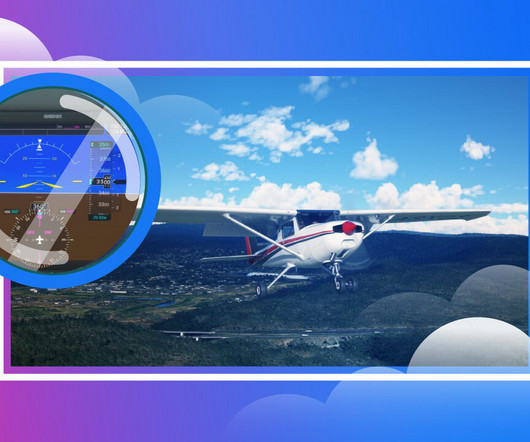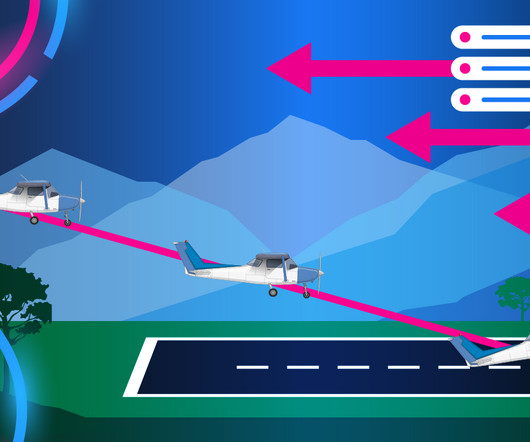How to Make Perfect Steep Turns (Step-By-Step)
Pilot Institute
SEPTEMBER 18, 2024
In maintaining a properly coordinated steep turn, the pilot must use the opposite aileron to maintain bank. You may need to apply the opposite aileron to counter the overbanking tendency. Adverse Yaw Adverse yaw is when an aircraft tends to yaw towards a raised wing due to the aerodynamic forces of an aileron deflected down.










Let's personalize your content